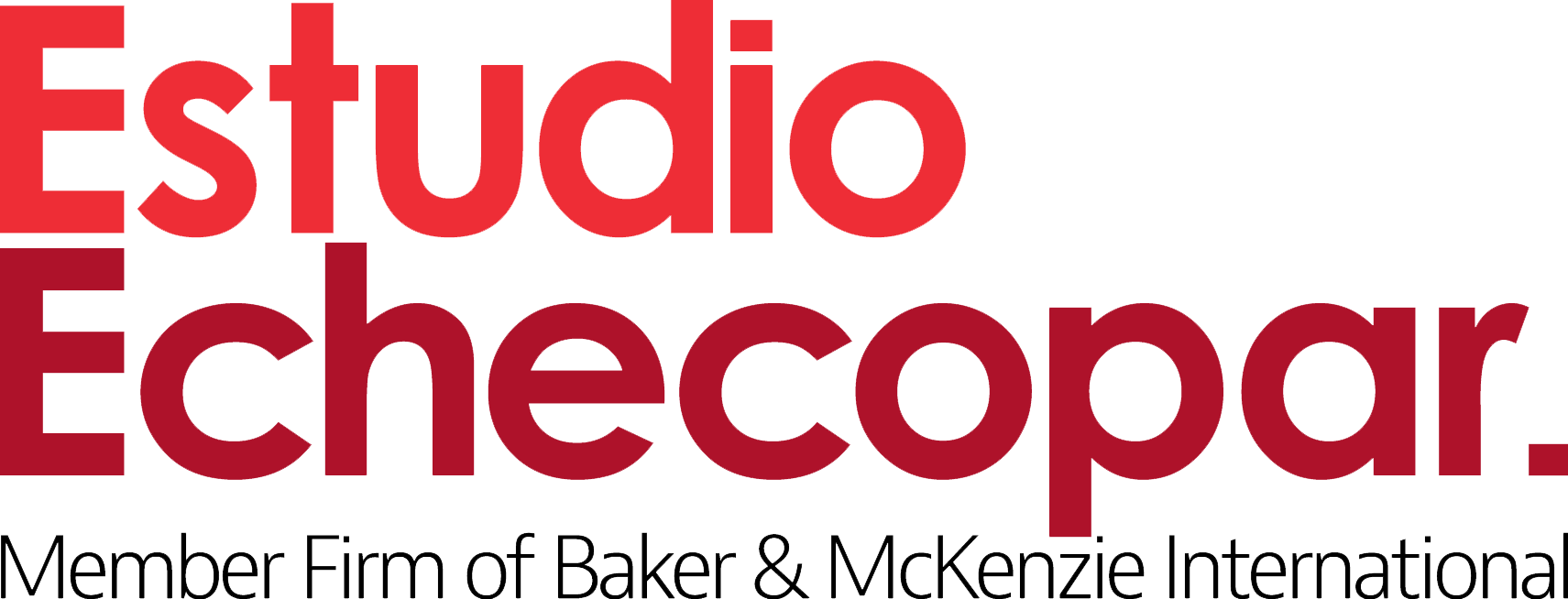The main modifications are as follows:
- For projects whose physical execution period is up to five months, the entity is required to issue a certificate of compliant/satisfactory completion and the supervisor a quality compliance certificate for the total project for a certificate recognizing the investment made (CIPRL or CIPGN) to be issued.
- For projects whose physical execution period is longer than five months, the issuance of the CIPRL or CIPGN will be quarterly depending on the progress of the project, requiring the entity's certificate of compliant/satisfactory completion and the supervisor's quality compliance certificate every quarter.
- For operation and maintenance projects, the conditions for the issuance of CIPRLs or CIPGNs will be established in the operations and/or maintenance manual and investment agreement. Completion and compliance certificates may be partial or total. If partial, they must be issued quarterly.
- For the CIPRL or CIPGN to be issued for projects whose main component is equipment, it will be sufficient for the public entity to have issued the compliant/satisfactory completion certificate. In this case, the supervisor's quality compliance certificate is not required.
- The private company, or the company that has received the CIPRL or CIPGN, may use it for the payment of income tax up to 80% of the tax of the previous fiscal year or for the payment of any tax whose collection is Public Treasury income and is administered by SUNAT (e.g., IGV).
- The maximum amount of reimbursement for the technical file or pre-investment study to propose a project by private initiative is up to 2% of the total amount of investment in the case of investment projects; and for operation or maintenance projects, 5% of the total amount of the estimated operation and/or maintenance.
- For updates of preexisting technical files or manuals, the reimbursement is 1% of the total investment amount and 5% if the update is made on the technical file.
- A maximum term of 15 working days is incorporated, subject to positive silence, for the entity to authorize the change in the conformation and/or participation of the consortium members, in the case of consortiums.
- The supervisor cannot have any relationship with the private company that finances the execution of the project or its maintenance and/or operation nor with the executor within two years prior to the call for proposals.
- The private enterprise is responsible for the guarantee of the furniture and equipment implemented for a maximum period of two years.
- The suspension of the term of execution of the agreement for causes not attributable to the entity or the company only requires the signature of an act with the participation of the head of the entity and the representative of the private company. The signature of these minutes is nondelegable in the case of regional and local governments and public universities.
- The following causes for termination of the agreement are specified: (i) when three months or more elapse from the date set forth in the agreement for the delivery of land or the place where the investment is executed, and the entity has not delivered it; and (ii) if the limits for modifying the agreement established in the Thirteenth Final Complementary Provision of Law 29230 are exceeded.
- A maximum term of 10 business days is established for the entity to resolve the requests for an extension of the term submitted by the private company subject to positive silence.
- If, despite the supervisor having issued the quality compliance certificate, the entity does not issue the compliant/satisfactory completion certificate within the term established for this purpose, the delay is added to the execution term and the entity recognizes the higher overhead costs duly credited.
- The private company has one-tenth of the execution term or 45 calendar days, whichever is shorter, to correct the observations on the conformity of the works or project. This period begins to run from the fifth day after the signing of the report or statement of observations.
- The Direct Agreement is mandatory as a prior step to submitting the dispute to arbitration. It must have a duration of 30 working days from the notification to the other party.
We hope this information will be useful to you and your company. Should you require legal advice on this matter, please do not hesitate to contact us.
Click here to read the Spanish version.
* * * * *

Estudio Echecopar is a member firm of Baker & McKenzie International, a Swiss Verein with member law firms around the world. In accordance with the common terminology used in professional service organizations, reference to a "partner" means a person who is a partner or equivalent in such a law firm. Similarly, reference to an "office", means an office of any such law firm.
Before you send e-mail to Estudio Echecopar, please be aware that your communications with us through this message will not create a lawyer-client relationship with us. Do not send us any information that you or anyone else considers to be confidential or secret unless we have first agreed to be your lawyer in the matter. Any information you send us before we agree to be your lawyers cannot be protected from disclosure.
@2024 Estudio Echecopar
All rights reserved.
No part of this publication may be reproduced in any form or by any means without the written permission of Estudio Echecopar.

